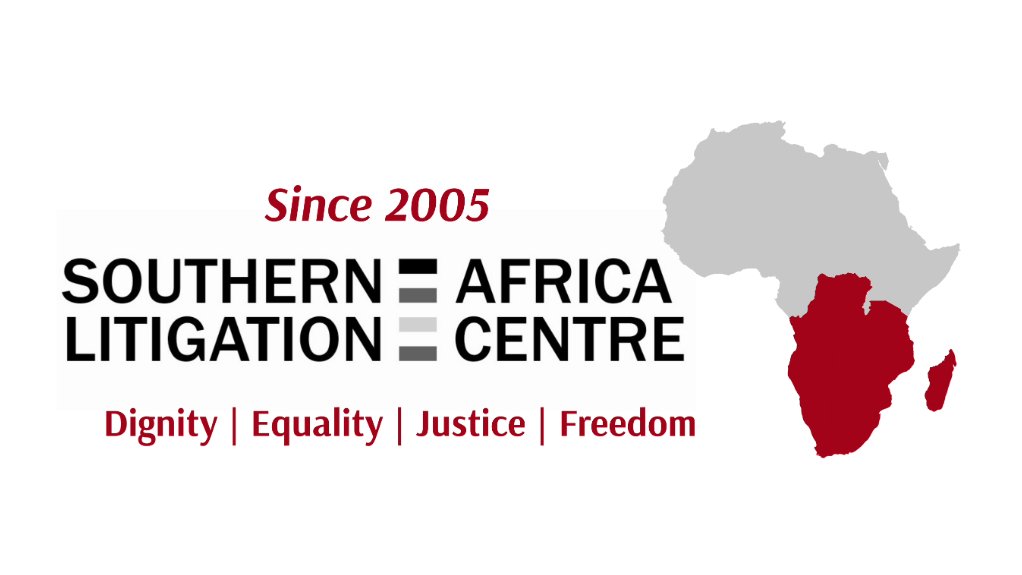If one thing is clear about the Trump Administration’s aid cuts, it is that it will cost lives-millions of them. According to the Africa CDC, over four-million individuals will die from preventable diseases across the continent due to US funding cuts. In May 2025, a mathematical model published in eClinicalMedicine estimated that, when first enacted, President's Emergency Plan for AIDS Relief (PEPFAR) cuts would cause up to 74 000 excess deaths in sub-Saharan Africa in the next five years. The large and devastating impact arises from the fact that external funding finances about 80% of HIV prevention in sub-Saharan Africa. Executive Director of UNAIDS, Winnie Byanyima, has described the controversial move as “not just a funding gap, [but] a ticking time bomb.” In less than six months, African countries saw rapid closures of health clinics, diminished access to essential medication and vaccines, and sweeping cuts to the healthcare workforce.
In Angola, the impact of US funding cuts has been particularly dire for individuals living with HIV. Initially, the pause on PEPFAR forced the termination of 250 healthcare workers that assist in HIV programs, a disruption that has had lasting impacts. While the Trump administration has recently reinstated 400-million dollars in PEPFAR funding, the US is determined to wind down PEPFAR funding and have it “restructured to support US strategic interests, including pandemic preparedness and market access for American biotechnologies.”
Higher risk populations such as the youth, LGBTQ+ individuals, and sex workers are particularly vulnerable to the impacts of the funding cuts and the loss of community groups. For example, the preventative HIV vaccine was projected to reach two-million individuals with PEPFAR funding, but the pause has created chaos for affected populations. PEPFAR also funded training for hundreds of Angolan healthcare professionals to create peer-to-peer programmes, which provided a vital resource to reduce stigma for young people living with HIV. Without clinical or peer-to-peer support, even for a period of time, these groups likely suffered increased levels of transmission and health complications during the time of the funding pause. Even with PEPFAR funding restored, the executive orders, restrictions and programmatic cuts are still in force. This means services may remain closed and that implementing partners with terminated grants are still unable to return to clinics. The funding situation on the continent continues to evolve, making the future of healthcare services in Angola increasingly uncertain.
The Trump Administration has justified the blow to African healthcare systems as part of its ‘America First’ policy. Part of this policy is shifting the kind of economic engagement with the continent, as Trump’s senior advisor for Africa explains that, “business and trade, not aid, are the engines of long-term, sustainable growth.” Angolan President João Lourenço echoed Washington’s sentiment, saying “It is time to replace the logic of aid with the logic of ambition and private investment.” As Trump slashed healthcare aid to Angola, a US diplomat affirmed the US’s commitment to funding the $4-billion Lobito rail corridor project to help transport critical minerals from the central African copper belt. The project is considered key in countering Chinese control over copper and cobalt supplies in the region.
Angola exemplifies a pattern replicated across the world: the dramatic cut in aid is being combined with a rush for critical mineral dominance. Since the US election in November 2024, 17 of the world’s largest recipients of US aid, including Angola, have signed lobbying contracts with US firms worth more than $21-million. These deals are “explicitly transactional, tying US political, humanitarian or military support to Trump’s “America First” agenda.” To that end, US investment in the region no longer comes from USAID, but from US International Development Finance Corporation which committed over $1-billion to infrastructure projects in 2025 alone.
For Angola’s health infrastructure to survive, it must plug the budgetary gap, develop mitigation measures, and transition to sustainable healthcare solutions. Moving towards internal funding requires mobilising public and private resources, improving efficiency to maximise the impact of each dollar, and generating new revenues for health from domestic sources. UNAIDS summarises the extent of the challenge: “Combinations of debt distress, slow economic growth and underperforming tax systems leave many countries, notably in sub-Saharan Africa, with limited fiscal space to increase their domestic funding for HIV.” Indeed, only 25 of the 60 low- and middle-income countries have increased their domestic budgets for HIV in 2026 and the average increase amounts only to 8%.
The Trump administration’s policy of commercial diplomacy is not a simple replacement of dollars without consequence. Projections estimate that by 2030, aid cuts could lead to 4.5-million child deaths, underscoring the human cost of this shift. It’s hard to see how these business deals will “benefit people across Africa,” as US Africa Bureau Chief claims, at least in the short and medium term. Expanding commercial partnerships must be approached with scepticism, particularly because these agreements are not made on equal footing. The US has disproportionate bargaining power and deal terms are often exploitative, perpetuating America’s neocolonial legacy on the continent rather than fostering genuine, equitable development. Africa’s mineral wealth is staggering, but without a shift in strategy, the ‘America First’ policy will undoubtedly place Africans last.
Written by Reina Patel and Riya Jain, interns, Southern Africa Litigation Centre
EMAIL THIS ARTICLE SAVE THIS ARTICLE ARTICLE ENQUIRY
To subscribe email subscriptions@creamermedia.co.za or click here
To advertise email advertising@creamermedia.co.za or click here











